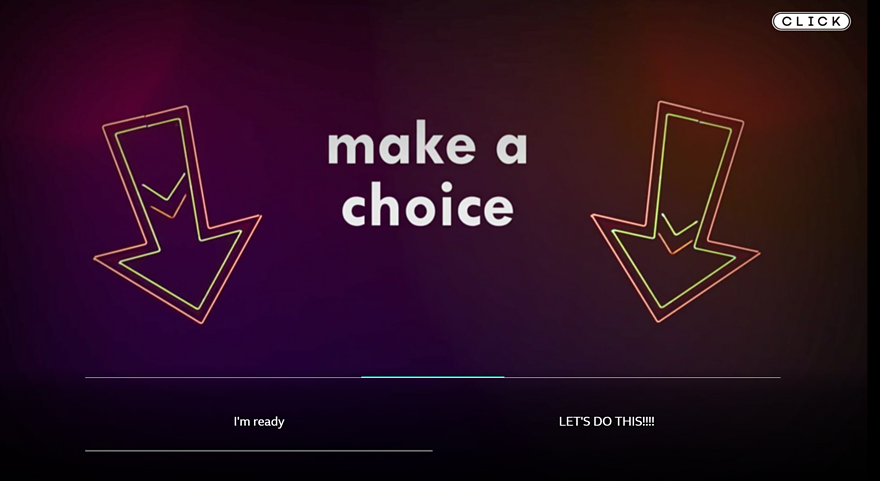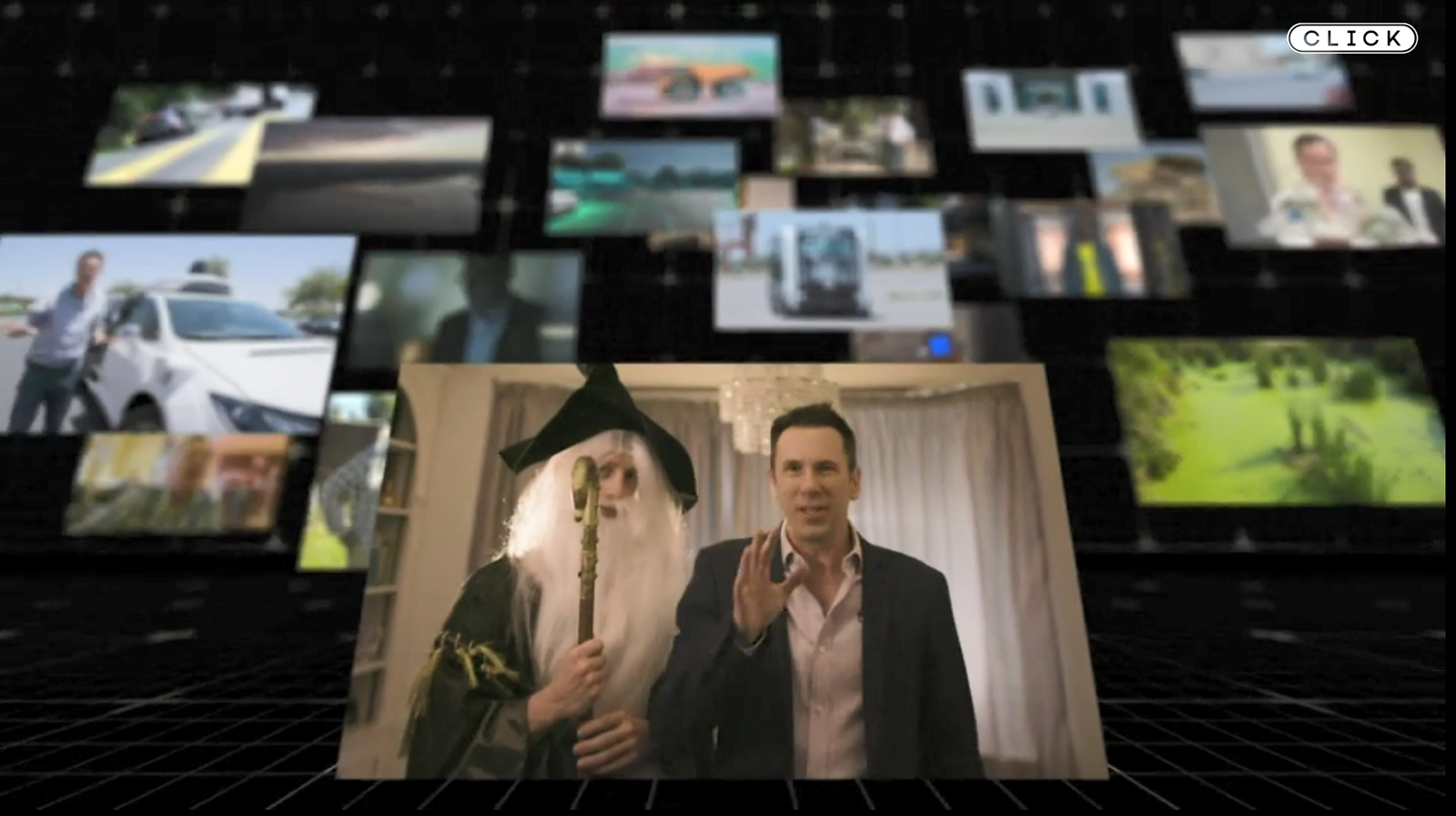Celebrating 1000 episodes with ±«Óãtv Click
Celebrating 1000 episodes
Click is the ±«Óãtv’s flagship technology programme, broadcast each week on ±«Óãtv channels and online. Outside of the normal weekly show we have a history of undertaking ambitious innovation projects that explore new ways of telling stories. Click’s 1000th interactive special was our next big challenge and was a fitting way to celebrate 1000 episodes and over 19 years on air.
For the project we wanted to explore what Click, and factual shows like it, might look like in a future where personalisation and choice plays a much bigger role in what we watch and experience. Our key aim was to give viewers more of what they find interesting and enjoy, but without sacrificing the core editorial and creative quality of a ‘traditional’ Click episode. We also wanted to ensure it felt like a continuous, connected and edited episode of Click. Over the last few years there have been a number of great examples of fiction focussed projects that use some of the ideas we explored in Click 1000. We think however that in a factual setting like Click these concepts are much more compelling, where viewers have a genuine need and desire to learn and understand in a way that suits them.

It was a fascinating year-long process developing the StoryFormer tool with ±«Óãtv R&D. There are few tools out there that would have allowed us the flexibility to tell Click 1000 in the way we wanted to, and working with the R&D team allows us to contribute to wider research into Object Based Media.
No one has made a programme like this before, and so for us it was an experiment into both making an engaging show, and also working effectively as a production team. Finding ways to effectively communicate our ideas and plan stories as a team was the biggest challenge. Throughout the project we developed new diagrams and terminology that allowed us to discuss and capture the editorial and technical concepts. Despite this it was still hard at times to keep track of all the different routes and possibilities, particularly given our ambition to make the show feel like a real TV programme.
We calculated that there are something like 84 trillion different routes through the experience, and while there are of course fewer genuinely meaningful ways through the individual stories, we still found that testing the experience was a huge challenge. We needed to test both the underlying logic and the editorial side of the experience, and so we had teams of testers from the Click and R&D teams checking and validating the experience. What’s great about the programme is that, like an app or website, we can still tweak and improve the experience – we’re already planning our first update for the experience that will add new accessibility options and offer new ways to navigate the stories.
We’ve got a huge amount of feedback about this project from the audience - from viewers writing in, from surveys and from analysing the anonymous data about how viewers travelled through the experience. This data gives us the unique possibility of seeing what worked for viewers, and what didn’t work. The direct feedback revealed that some viewers were frustrated that the structure made it hard to watch every single bit of content in the show (just under 3 hours of video at our last count!), others found some of the ways we presented the choices in places too fast or too slow.
While there are things we want to improve about the experience, we’re really pleased with how it turned out and with some of the amazing feedback we have received from the audience. As a team we’ve learned a massive amount about the challenges involved in making content in this way, but also the genuine opportunities it contains to tell stories in new and compelling ways. While we may not make an interactive episode on this scale again in the near future, we’re already thinking about new more targeted projects using the technology.

